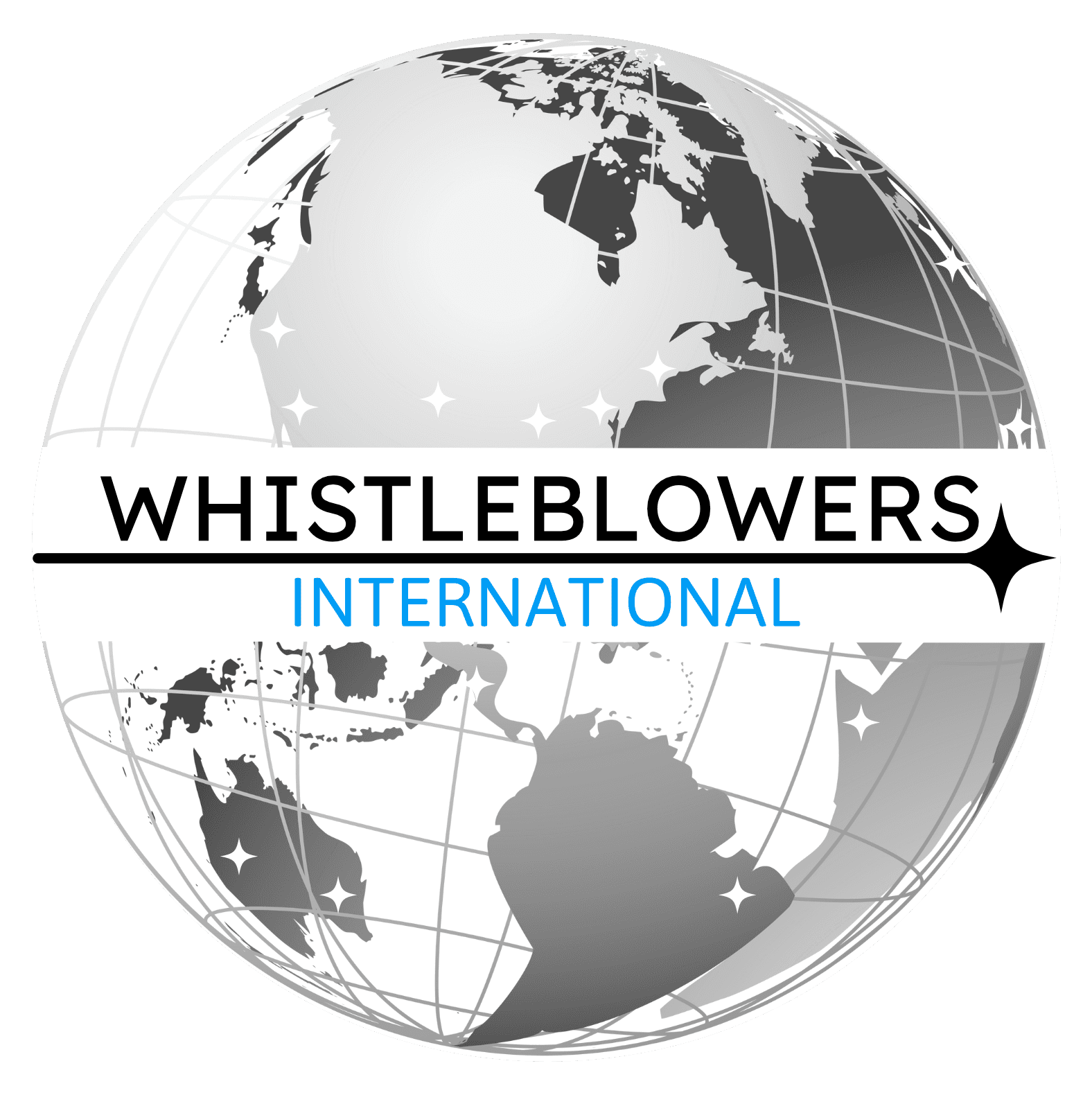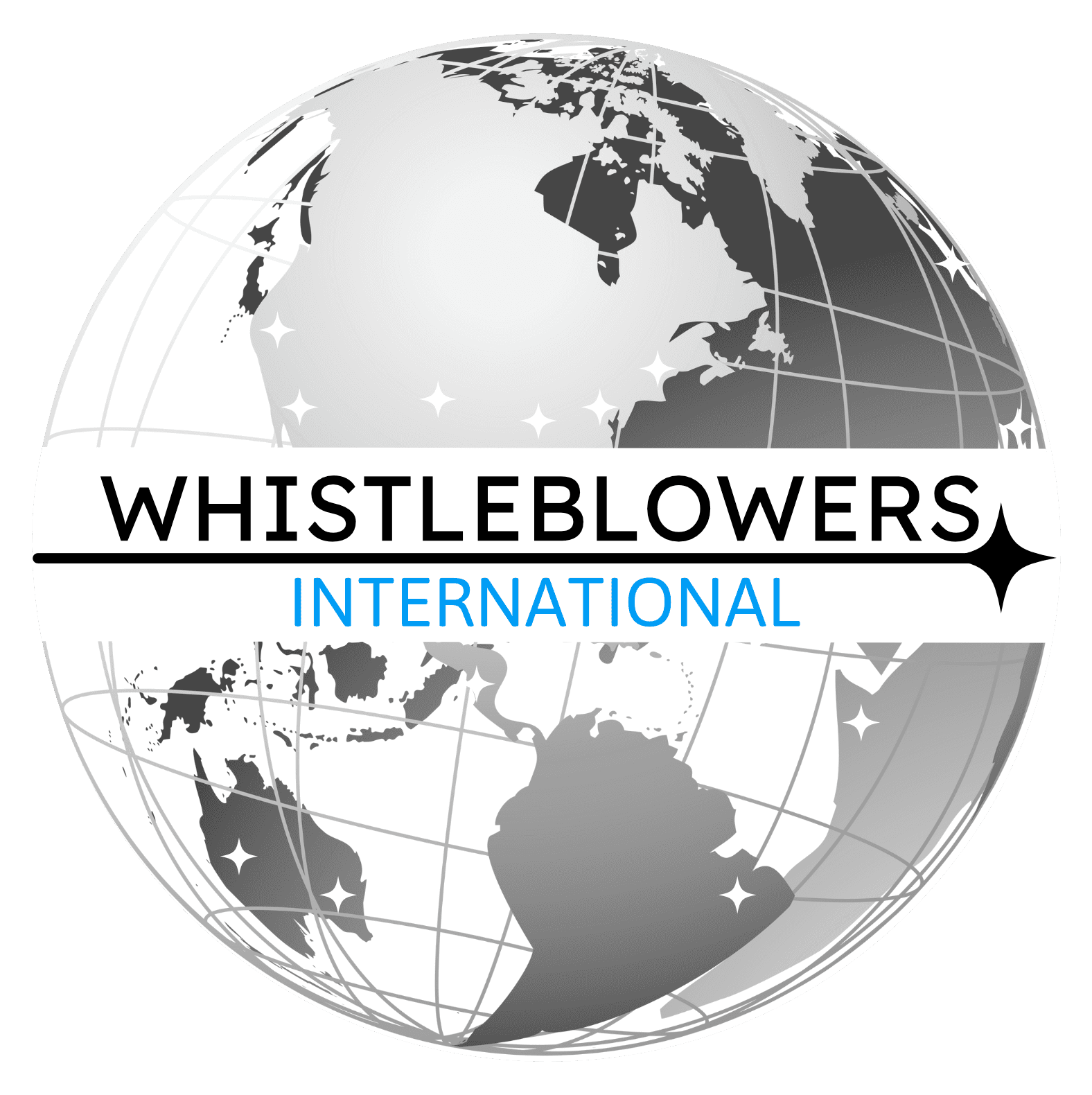Introduction
For those with an interest in law, few regions of the world are as fascinating and complex as East Asia. From China's booming economy to the Hermit Kingdom of North Korea, this part of the world is full of stories worth exploring. As we’ll discuss in this article however, corruption is a common theme among these nations. Whether it's officials taking bribes or state-owned companies engaging in dubious business practices, all to the benefit of private individuals, East Asia is rife with corruption. These practices can have serious consequences for these countries’ citizens and their economies, so it's important to be aware of what's going on and what can be done. With that in mind, let’s take a closer look at some of the most corrupt countries in East Asia.
Corruption in East Asia
In 2021, the following countries in East Asia were perceived to be the most corrupt:
North Korea
Mongolia
China
North Korea has consistently been considered one of the most corrupt countries, not only in Asia but in the whole world. Bribes are routinely solicited and paid to government officials, including the police. Given the strict rules imposed on accessing foreign media, and the severe measure imposed on those who violate these rules, it is very common for citizens to pay bribes to the police to avoid being arrested and sanctioned. In addition to bribes, it is widely accepted that government officials squander public funds for personal gain.
Although considered to be much less corrupt that North Korea, China has had its fair share of corruption issues. China has only one political party, the Chinese Communist Party ("CCP"). Central to the CCPs functioning is the cadre system. A cadre is in essence a staff member of the CCP party, tasked with certain responsibilities and authority. Cadre corruption is the largest source of dissatisfaction among Chinese citizens, even more so than demands for democratic rule. Grafting is common in China, be it in the form of bribes, kickbacks, or misappropriation of public funds by cadres.
Major corruption scandals
One of the largest scandals to rock the East Asia region occurred in China. Between 2013 and 2014, Chinese authorities seized assets valued at billions of dollars from family members and individuals associated with Zhou Yongkang. Zhou was formerly a senior member of the CCP. He oversaw China’s security and law enforcement, including powers extending over the country’s courts, police, intelligence agencies, paramilitary, and prosecution agencies. When the scandal came to light, hundreds of Zhou’s relatives and associates were taken into custody. Zhou was eventually charged with bribery, abuse of power, and for having leaked state secrets. Zhou and his family reportedly made billions of dollars from the oil industry in China. Family members, such as Zhou’s son, were accused of extorting millions of dollars, such as by collecting protection fees from businesses. These actions by the Chinese government against Zhou are one of the highest-profile corruption cases brought to light in the country, as a sign of a zero-corruption tolerance policy.
Mongolia is also high on the list of the most corrupt countries in East Asia. A particularly large incident came to light in 2016, during the Mongolian parliamentary election. It involved the Mongolian People’s Party selling government offices to be filed in its future administration. These offices were sold to individuals who made payments to finance the party’s election campaign.
Although corruption in South Korea is moderate compared to other countries in the region, in 2017 then President, Park Geun-hye, was arrested and charged with bribery, coercion, abuse of power, and leaking government secrets. Shortly thereafter, in 2018, another former South Korean President, Lee Myung-bak, was arrested. He was charged with committing tax evasion, embezzlement, and bribery, all during his presidency. These incidents have rattled South Korea and, coupled with reports indicating that many South Koreans do not trust their government, tainted South Korea’s image of being less corrupt that neighboring countries.
Conclusion
Although corruption continues to be a major issue in East Asia, many of the countries in the region have taken measures to reduce it. Some have enacted legislation proscribing the payment and solicitation of bribes. Others have publicly prosecuted those who participate in corrupt practices, particularly high-level officials, demonstrating that corruption will not be tolerated. Although a long road is ahead for many of these countries if they truly intend to eliminate corruption, it is a path worth following. If you have information about corruption in South Asia, please reach out to us. We can help protect you and your identity while ensuring that the perpetrators are brought to justice. Together we can make a difference in this important region of the world.

